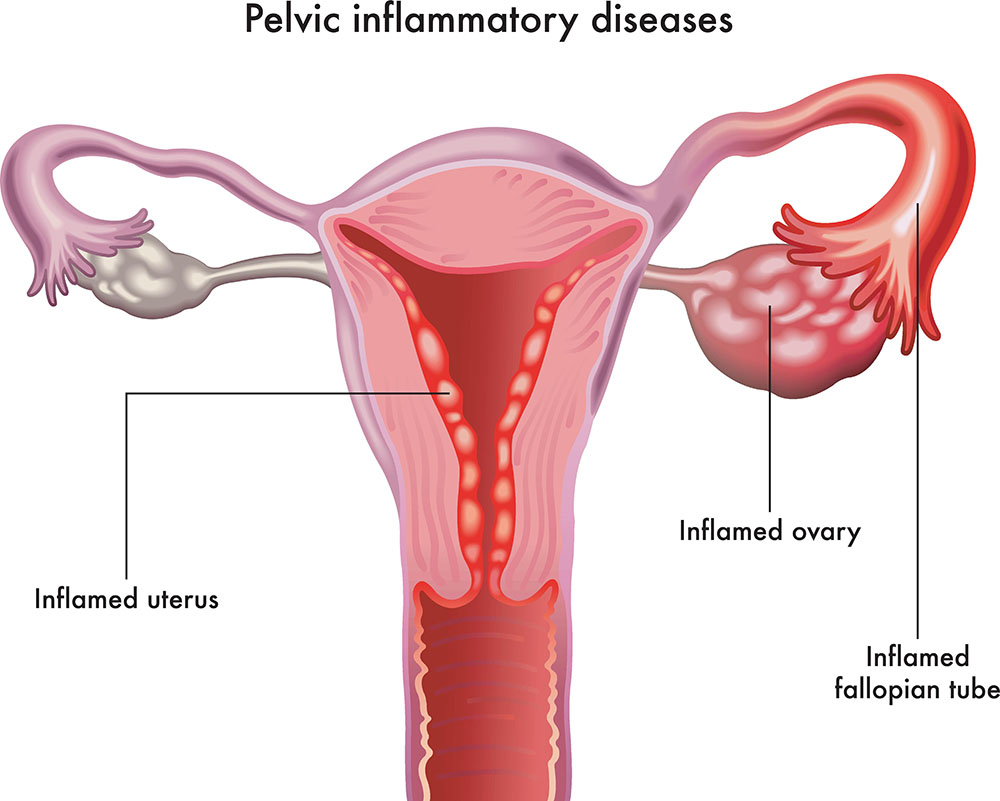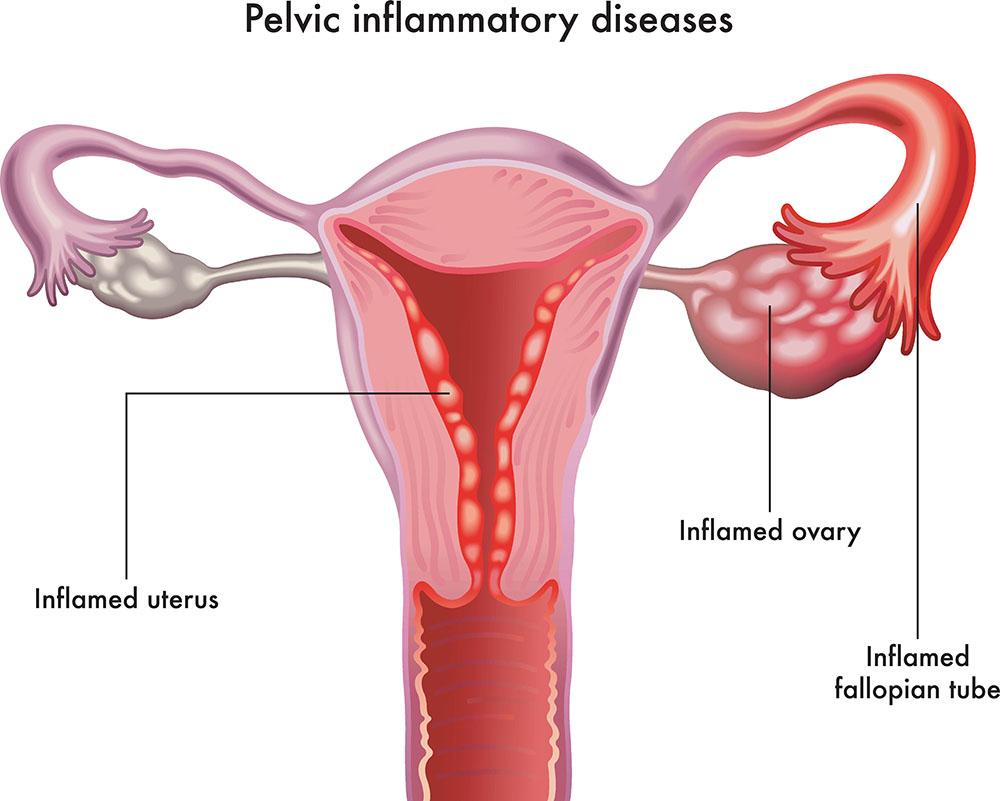Sexual Health – When you are sexually active, pregnancy is usually the greatest concern. You may be afraid of what your parents or boyfriend will do if you become pregnant. You may also be concerned that you will not be able to finish school or pursue your career. While pregnancy is something to be very concerned about, sexually transmitted infections are equally, if not more, worrisome. You are at risk for pregnancy if you have sex around ovulation (about 3 days a month), but you are at risk for getting an STI every time you have sex.
Sex and Dating

There are many pros and cons to dating, and it all depends on how you approach your relationships. If you feel that you are not ready or interested in having a committed relationship, you may want to postpone dating until you feel that you are ready. There is no rush to start dating. https://www.transaction-2007.com/
The decision to have sex is a very important one, and there are lots of things to think about. Sexual relationships affect your physical, emotional, and spiritual well-being. Whether you are considering sexual activity, or you have already had sex, there are risks for pregnancy and STIs even when using birth control or condoms. The only sure way to avoid getting an STI or to prevent pregnancy is to practice abstinence. Once you are in a long-term, mutually monogamous and committed relationship with an uninfected partner (in marriage), you will have no reason to worry about getting an STI. https://www.transaction-2007.com/
Do you want to talk with someone about your relationship? We are here for you. Please feel free to contact us.
The Basics
There are now more than a dozen STIs (Sexually Transmitted Infections), several of which are chronic, life-long infections. In the United States, it is estimated that there are 19 million new infections each year – over half of these occurring in young people ages 15-24. Presently, over 70 million people in the U.S. are infected or have been infected with an STI or STD (Sexually Transmitted Disease).
STIs & STDs: What are they?
An STI (Sexually Transmitted Infection) is an infection that does not show any physical signs or symptoms. It is contracted from another infected person through sexual activity. It becomes an STD (Sexually Transmitted Disease) when symptoms appear. It’s important to remember that not all infected people will have signs or symptoms. The problem is that some of these STDs can cause a lot of damage and can be passed to your partner without your knowledge. You do not have to have symptoms to be contagious; you can spread the disease at any time.
STDs & STIs: Prevention
Did you know that some STIs can be spread through all forms of sex and/or intimate skin-to-skin contact (oral sex, outercourse, anal sex, mutual masturbation)? Condoms are not as effective as most think at preventing the spread of STIs. Using a condom during sex can sometimes reduce the risk for transmitting or contracting certain STIs, but using a condom never eliminates the risk entirely.
Consistent condom use 100% of the time during vaginal sex reduces your risk for:
- HIV by 85%
- Gonorrhea by about 50%
- Chlamydia by about 50%
- Herpes by about 50%
- Syphilis by about 50%
- HPV by 50% or less
Few studies have been done to see whether condoms reduce the risk of STIs, including HIV, during oral sex or anal sex.
Abstaining from sexual activity is the only 100% guarantee you have to avoid pregnancy and to avoid contracting an STI. If you feel that you are not ready to have sex, or if you do not want to put yourself at risk for pregnancy or an STI, then abstinence is your best choice.
What is Chlamydia?
Chlamydia is a common STI caused by the bacteria Chlamydia trachomatis. It can cause permanent and lasting damage to a woman’s reproductive organs (uterus, fallopian tubes, and ovaries) if left untreated x. It is the most frequently reported bacterial STI in the United States.
Often Chlamydia shows no signs or symptoms, yet can cause irreversible damage.
Chlamydia can affect both men and women at any time regardless of age. It is spread through body fluids during vaginal, oral, or anal sex. Condoms offer a measure of protection against Chlamydia, but even with protection you can still contract the disease. Chlamydia can also be found in the throats of women and men who have oral sex with an infected partner.
What is Gonorrhea?
Gonorrhea is caused by the bacteria Neisseria gonorrhea. The Centers for Disease Control estimate that over 700,000 people in the U.S. develop a new gonorrhea infection each year.
Gonorrhea can be spread through contact with the penis, vagina, mouth, anus, and mother to baby during delivery. Ejaculation does not have to occur for it to be transmitted or acquired .
Not all people who contract gonorrhea experience symptoms, but an infection can cause serious complications. Men may experience symptoms such as: burning sensation while urinating, white, yellow or green discharge from the penis, and sometimes pain and swelling in the testicles. Some signs of gonorrhea in women may be: discomfort or burning while urinating, increased vaginal discharge, and bleeding between periods.
Gonorrhea can be cured with antibiotics, but may cause serious side effects. Some forms of gonorrhea are drug-resistant, making treatment of this disease more difficult.
What is Genital Herpes?
Genital Herpes (HSV-2) is a sexually transmitted infection. Many people infected with this disease do not have any symptoms. When signs do occur, they typically appear as one or more blisters on or around the genitals or rectum. The blisters break leaving sores that may take two to four weeks to heal the first time they occur. Infected people can also have pain or burning during urination.
HSV-1 most of the time is oral herpes, which causes cold sores. HSV-2 is typically found in the genital area. HSV-1 isn’t generally sexually related; however, it is becoming common to find both versions of the virus in the genital and oral areas due to oral sex.
There is no cure for genital herpes; however, there are medications that can help suppress and/or reduce outbreaks. A person with genital herpes may be contagious and not be aware. Between outbreaks, it lies dormant in a nerve root. A variety of stressors can cause the virus to emerge resulting in an active infection. Even correct use of a condom does not guarantee protection from getting or spreading genital herpes.
What is Syphilis?
Syphilis is often referred to as “The Great Imitator” because its symptoms are sometimes very similar to the symptoms of other diseases or disorders. It is passed through direct contact with a syphilis sore. It cannot be contracted through contact with objects like toilet seats, doorknobs, swimming pools, bathtubs, clothing, or eating utensils.
Syphilis symptoms occur in three stages, but people infected with Syphilis may not show any symptoms for years. However, they are at risk of suffering health complications later if they do not receive treatment. Even if a person has no symptoms, they can still pass and spread the disease.
If caught early Syphilis can be cured with antibiotics, but not without the possibility of it causing serious damage. The use of a condom does not guarantee protection from getting or spreading Syphilis.
What is the Human Papillomavirus (HPV)?
The Human Papillomavirus is the most common sexually transmitted infection with about 20 million Americans infected. About half of sexually active men and women will acquire an HPV infection at some point in their life. Currently, there are over 40 different types that can infect the genital areas of both men and women. Most people who have HPV do not know that they have the infection. Even if there are no symptoms it can still be spread to your partner. This disease is important because it is responsible for abnormal pap smears and is a major cause of cervical cancer.
Those who have symptoms of HPV may experience;
Genital warts – Genital warts usually appear as small bumps or groups of bumps most often in the genital area. They can be raised or flat, single or multiple, small or large, and sometimes cauliflower shaped. Warts may appear within weeks or months after sexual contact with an infected person. Or, they may not appear at all. If left untreated, genital warts may go away, remain unchanged, or increase in size or number. This form of the disease will not turn into cancer.
Cervical Cancer – Cervical cancer does not have symptoms until it is quite advanced. For this reason, it is important for women to get a regular pap test to detect it early. The pap test detects microscopic changes that HPV causes. Usually, these changes can be picked up and treated long before cancer develops.
HPV is contracted through genital contact. In 90% of cases a person’s body is able to clear the HPV infection on its own, but a person will still be contagious until the infection is cleared. There are no tests for a general HPV infection. The only test on the market is used for cervical cancer screening. The best way to protect yourself from HPV is not engaging in sexual activity until marriage and remaining faithful to your partner after marriage.
Human Papillomavirus Vaccination
In June of 2006, the FDA approved the vaccine, Gardasil, which was developed for the prevention of cervical cancer, pre-cancer and genital warts due to human papillomavirus (HPV) infection. The vaccine is designed to prevent the types of HPV that cause approximately 70% of cervical cancers and 90% of genital warts cases. It does not protect against less common strains not yet discovered. Additionally, it cannot protect someone who has already contracted the HPV types included in the vaccine.
The most commonly reported adverse reactions of the vaccine were: fever, nausea, dizziness, and injection-site pain. Serious adverse reactions were: Guillain-Barré Syndrome, blood clots, and 27 reported deaths.
Abstaining from sexual activity prior to marriage and fidelity after marriage is the best way to prevent STIs including HPV.
Hepatitis B
Hepatitis B is a disease that affects the liver. It is a sexually transmitted infection, but it can also be spread through blood or other body fluids. There is no cure for Hepatitis once contracted, but before contraction a vaccine is available to protect against it.
Many people with the Hepatitis B infection do not know they have the disease. Commonly people do not look or feel sick, but they are still able to pass the disease to other sexual partners. If symptoms do occur, people may experience fever, fatigue, loss or appetite, nausea, vomiting, and more. Since the majority of people do not have symptoms, it’s important to talk to your doctor about being tested.
The use of a condom does not guarantee protection against Hepatitis B.
What is Pelvic Inflammatory Disease (PID)?

Pelvic Inflammatory Disease is a serious infection that usually involves the fallopian tubes and can be caused by many different bacteria. In addition to infecting the fallopian tubes (the tubes that carry the eggs from the ovaries to the uterus), PID can also infect the tissues around and in the uterus and ovaries. It is caused by a number of different bacteria, but is most frequently caused by Gonorrhea and Chlamydia often both at the same time.
One way that Pelvic Inflammatory Disease can occur is when bacteria (in many cases from a sexually transmitted infection) move from the vagina into the uterus. This can result in serious consequences including infertility, ectopic pregnancy (a pregnancy in the fallopian tube or elsewhere outside of the womb), abscess formation, and chronic pelvic pain.
The symptoms of PID can range from none to severe. About two-thirds of the time, PID goes undetected by health care providers. If symptoms occur they may include: lower back pain, unusual discharge, odor, painful urination, and irregular menstrual bleeding. If PID is left untreated it can cause serious, permanent damage. If detected it can be treated with antibiotics, but the possibility of long-term damage still exists.
If you have had PID before, you are more at risk for another episode, which will cause further damage to your reproductive organs. One out of every 10 women is left infertile after one episode of PID.
